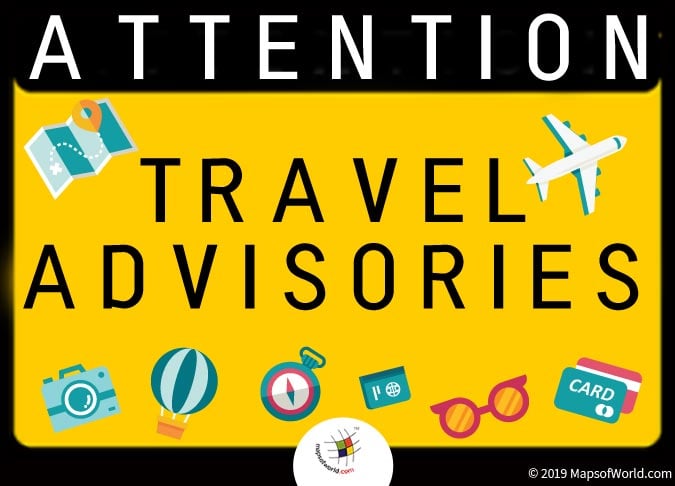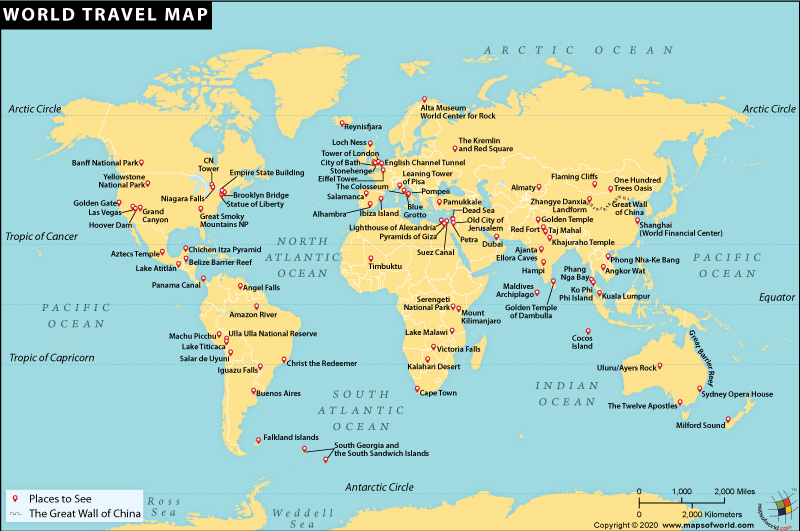What are Travel Advisories?

We travel with relative ease and without caution when it comes to traveling within the boundaries of our own country. But, when we’re visiting another country, we need to be well informed about certain aspects of that country. This is where travel advisories come in handy. They are essentially health and travel notices which aim to ensure the general safety of visitors. The governments of the respective countries release these travel advisories from time to time to help their citizens stay safe in other nations. These official warning statements mainly contain updates and information on current situations going on in other countries. This may include civil unrest, wars, terrorism, public crime, climate, disease, natural disaster, unusual embassy problems or a generic memorandum on public and personal security. Its main goal is to help the tourists take an informed decision about spending time at various places in a country and prepare themselves in advance for what they may encounter.
Counties that regularly publish travel advisories include Australia, Austria, Belgium, Bulgaria, Canada, Croatia, Cyprus, Czech Republic, Denmark, Estonia, Finland, France, Germany, Hong Kong, Hungary, Ireland, Israel, India, Italy, Japan, Latvia, Lithuania, Luxembourg, Malta, Mexico, Netherlands, New Zealand, Norway, Poland, Romania, Singapore, Slovakia, South Korea, Spain, Sweden, Switzerland, UK, and the USA.
For instance, a first world country like the USA, ask its citizens to follow the Twitter and Facebook page of the Department of State; enroll in the STEP (Smart Traveler Enrollment Program) which helps them receive alerts and stay secure in the situation of emergencies; and review the Crime and Safety Report for a country.
For countries with a tenser environment, many travel advisories ask the tourists to avoid crowded public venues and duly follow the local authorities’ instructions. Some nations also advise people to stay in a group and not to travel alone, especially women.
Related Links:
